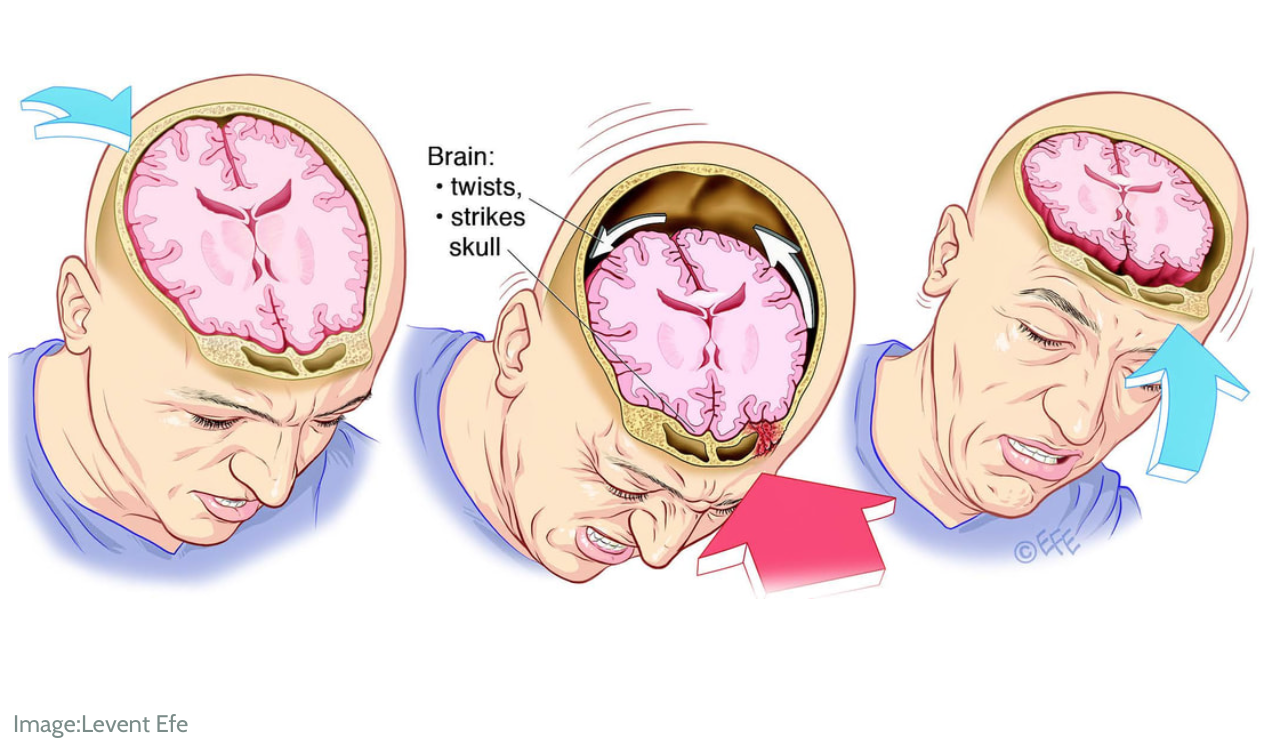I took notes on Dr. Andrew Huberman’s AMA (ask me anything) — he’s the Stanford neurobiology and ophthalmology professor with a podcast on using science for many factors of well-being.
His AMAs only available to premium subscribers of the Huberman Lab Podcast. Yes, I really am that nerdy!
Dr. Huberman says that lifestyle factors can override a genetic predisposition to Alzheimer’s disease if started early enough.
He also mentioned that scientists are working on a method of early detection using visual screening.
By the way, a friend of mine defined aging as “continuing to live”. I love it.
Many of these tips are best started decades before the ages in which Alzheimer’s usually shows up, but are helpful at any age.
- Avoid environmental toxins: pesticides, toxins, heavy metals are neurotoxins. They damage your brain. That means eat organic food!
- Do not hit your head hard if at all possible. Give up risky behaviors, especially if you’ve already had one TBI.
- Get quality sleep at least 80 percent of the time. Deep sleep helps your brain clear toxins, and you can use sleep apps to measure this. Slightly elevating your feet seems to help. Seems to me this would work best for back sleepers, not side sleepers.
- Challenge yourself cognitively. It’s not just doing crosswords, it’s more like learning a new language, reading difficult material, learning new-to-you dance steps. If you don’t get frustrated, you’re not being challenged enough!
- Get 3 to 3.5 hours of Zone 2 cardiovascular exercise per week to increase blood flow to the brain. Zone 2 cardio includes walking, rowing, swimming, and working out on an elliptical or stationary bike.
- Do 20 minutes of High Intensity Interval Training (HIIT) to release catecholamines for alertness, turning on neuroplasticity.
- Do 5-10 sets of resistance training to offset atrophy from aging.
- Your brain needs acetylcholine for focus and cognition. You can get it from food (eggs, especially) or take AlphaGPC in the morning, 300-900mg. Also: nicotine gum or patches — safe nicotine. Can ask your doctor.
- Eat a ketogenic diet. Also fasting.
- Take creatine monohydrate, 5 mg per day.






